Survivors 0 Date 7 December 1987 Passenger count 38 | Passengers 38 Survivor 0 Crew count 5 | |
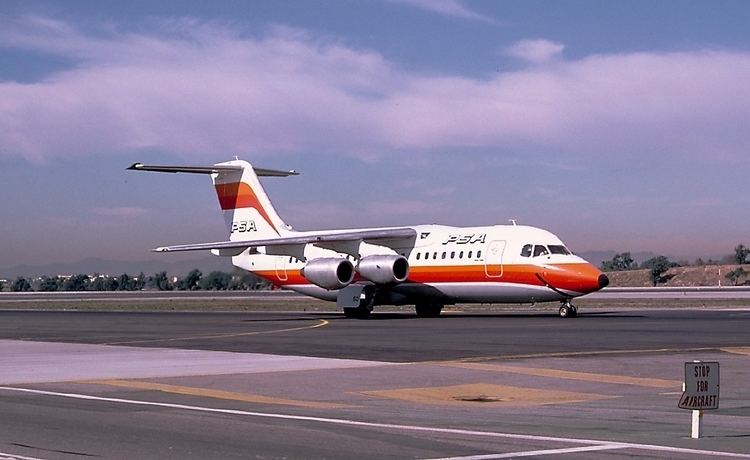 | ||
Fatalities 43 (all, including 4 or 5 shot before impact) Similar PSA Flight 182, Nigeria Airways Flight 2120, Continental Express Flight 2574, Korean Air Cargo Flight 8509, West Caribbean Airways F | ||
PSA Flight 1771 was a British Aerospace 146-200A, registration N350PS, on a scheduled flight from Los Angeles, California to San Francisco. On December 7, 1987, it crashed in Cayucos, California, as a result of a murder–suicide by one of the passengers. All 43 passengers and crew aboard the BAe 146 died, five of whom, including the two pilots, were presumably shot dead before the plane crashed. The man who caused the crash, David A. Burke, was a disgruntled former employee of USAir, the parent company of PSA. A dramatization of the incident was portrayed on the TV documentary series, Mayday.
Contents
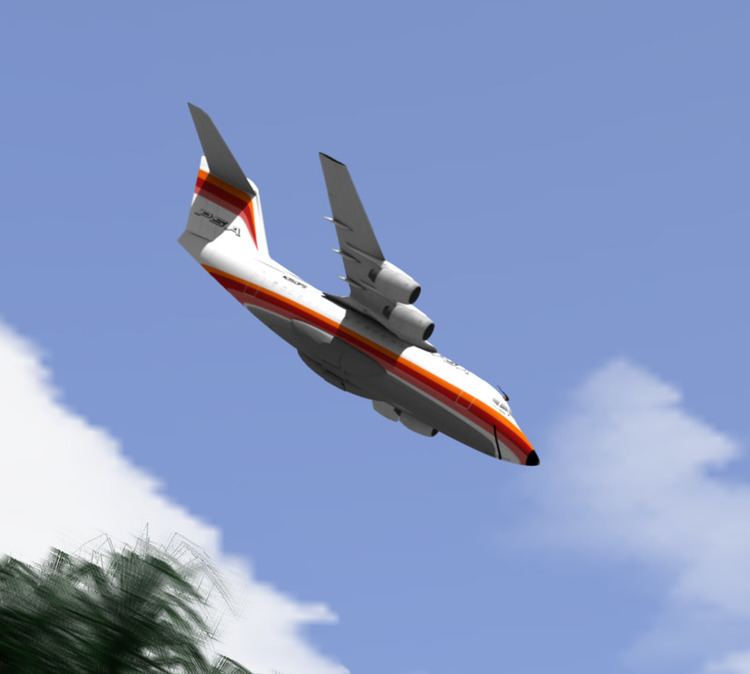
The incident
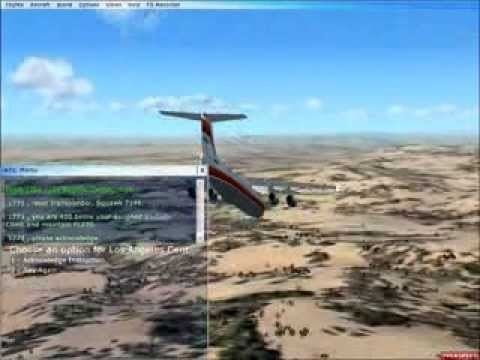
USAir had recently purchased Pacific Southwest Airlines. Burke, an aircraft cleaning specialist, had been recently terminated by USAir for petty theft of $69 from in-flight cocktail receipts and had also been suspected of other thefts including receipts totaling thousands of dollars. After meeting with Ray Thomson, his manager, in an unsuccessful attempt to be reinstated, Burke purchased a ticket on PSA flight 1771, a daily flight from Los Angeles to San Francisco. Thomson was a passenger on the flight, which he regularly took for his daily commute from his workplace at LAX to his home in the San Francisco Bay Area.

Using his unsurrendered USAir employee credentials, Burke, armed with a loaded .44 Magnum revolver that he had borrowed from a co-worker, was able to bypass the normal passenger security checkpoint at Los Angeles International Airport. After boarding the plane, Burke wrote a message on an airsickness bag. It is not known if he gave the message to Thomson to read before shooting him:
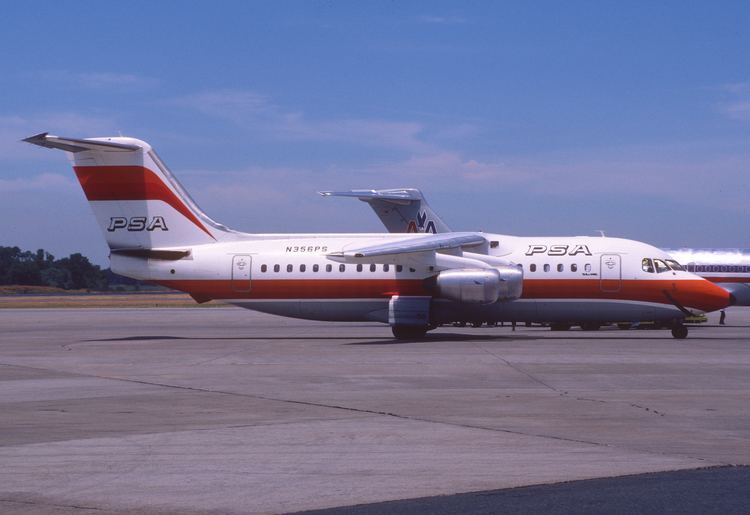
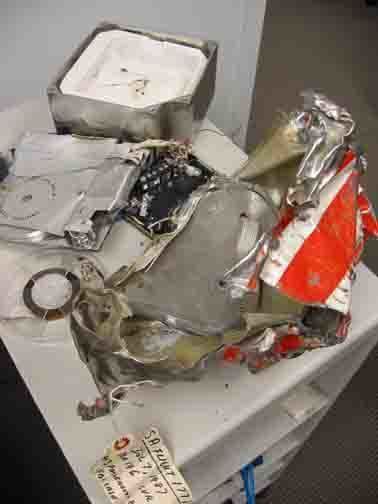
As the aircraft, a four-engine British Aerospace BAe 146-200, cruised at 22,000 ft (6,700 m) over the central California coast, the cockpit voice recorder (CVR) recorded the sound of someone entering and then leaving the lavatory. The Mayday episode suggests that this was Burke entering the lavatory to draw his revolver discreetly, possibly loading it and giving Thomson time to read the note before killing him. 44-year-old pilot Gregg Lindamood and 48-year-old co-pilot James Nunn were asking air traffic control about turbulence when the CVR picked up the sound of two shots being fired in the cabin.
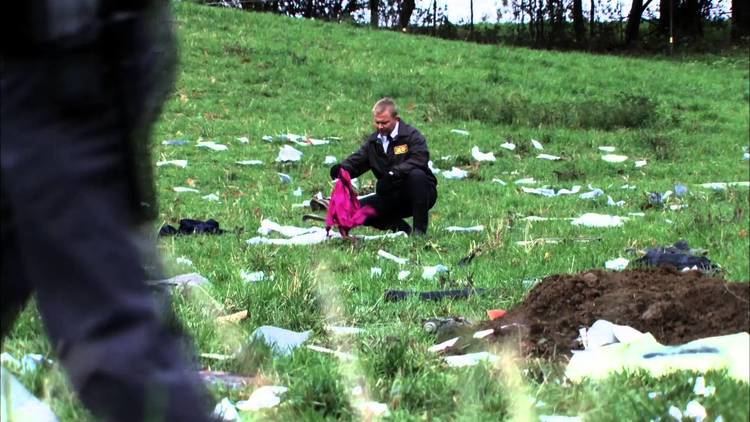
The most plausible theory as to what happened was deduced from the pattern and audible volume of the shots on the CVR. According to the Mayday episode, it is likely that Burke first shot Thomson twice. Thomson's own seat was never recovered. Part of a seat that was identified from its serial number as being directly behind Thomson's was found to have two bullet holes in it. Due to the power of the revolver, the bullets must have traveled through Thomson's body, his seat, and then through the seat behind. First Officer Nunn immediately reported to air traffic control that a gun had been fired on board and no further transmissions were received from the crew. At that point, the CVR recorded the cockpit door opening and Flight Attendant Deborah Neil telling the cockpit crew, "We have a problem!" Captain Lindamood replied, "What's the problem?" A shot was heard as Burke shot the flight attendant dead, and announced "I'm the problem." He then fired two more rounds. Most likely, he shot the pilot and copilot once each, incapacitating them, if not outright killing them. Several seconds later, the CVR picked up increasing windscreen noise as the airplane pitched down and accelerated. The remains of the flight data recorder (FDR) indicated Burke had pushed the control column forward into a dive.
A final gunshot was heard followed not long after by a sudden silence. It is most likely that Burke killed Douglas Arthur, PSA's Chief Pilot in Los Angeles, who was also on board as a passenger and may have been trying to reach the cockpit to save the aircraft. There was some speculation that Burke shot himself, though this seems unlikely, because a fragment of Burke's fingertip was lodged in the trigger when the investigators found the revolver, which indicated that he was alive and holding the gun up until the moment of impact. The plane crashed into the hillside of a cattle ranch at 4:16 p.m. in the Santa Lucia Mountains near Paso Robles and Cayucos, exploding on impact. The plane was estimated to have crashed slightly faster than the speed of sound, at around 770 mph (1,240 km/h), disintegrating instantly. Based on the deformation of the hardened steel black box data recorder case, the aircraft experienced a deceleration of 5,000 times the force of gravity (G-force) when it hit the ground. It was traveling at an approximately 70-degree angle toward the south. The plane struck a rocky hillside, leaving a crater less than two feet (0.6 m) deep and four feet (1.2 m) across. The remains of 27 passengers were never identified.
After the crash site was located by a CBS News helicopter piloted by Bob Tur, investigators from the National Transportation Safety Board (NTSB) were joined by the Federal Bureau of Investigation (FBI). After two days of digging through what was left of the plane, they found the parts of a handgun containing six spent cartridge cases and the note on the airsickness bag written by Burke, indicating he may have been responsible for the crash. FBI investigators were able to lift a print from a fragment of finger stuck in the pistol's trigger guard, which positively identified Burke as holding the weapon when the aircraft crashed. In addition to the evidence uncovered at the crash site, other factors surfaced: Burke's co-worker admitted to having lent him the gun and Burke had also left a farewell message on his girlfriend's answering machine.
David A. Burke
David A. Burke (May 18, 1952 – December 7, 1987) was born to Jamaican parents living in Britain. Burke later emigrated to the United States with his parents. He had previously worked for an airline in Rochester, New York, where he was a suspect in a drug-smuggling ring that was bringing cocaine from Jamaica to Rochester via the airline. He was never officially charged and reportedly relocated to Los Angeles to avoid future suspicions. Some former girlfriends, neighbors, and law enforcement officials described him as a violent man before Flight 1771. He had seven children, but never married.
Aftermath
Several federal laws were passed after the crash, including a law that required "immediate seizure of all airline and airport employee credentials" after an employee's termination from an airline or airport position. A policy was also put into place stipulating that all airline flight crew and airport employees were to be subject to the same security measures as airline passengers.
The crash killed the president of Chevron USA, James Sylla, along with three of that company's public affairs executives. Also killed were three officials of Pacific Bell, prompting many large corporations to create or revise policies which forbade group travel by executives on the same flight.
Dramatization
An episode of the Canadian TV series Mayday featured the story of this incident. The episode is titled "I'm the Problem"; though the United Kingdom version of the program (Air Crash Investigation) is entitled "Murder on Board".
